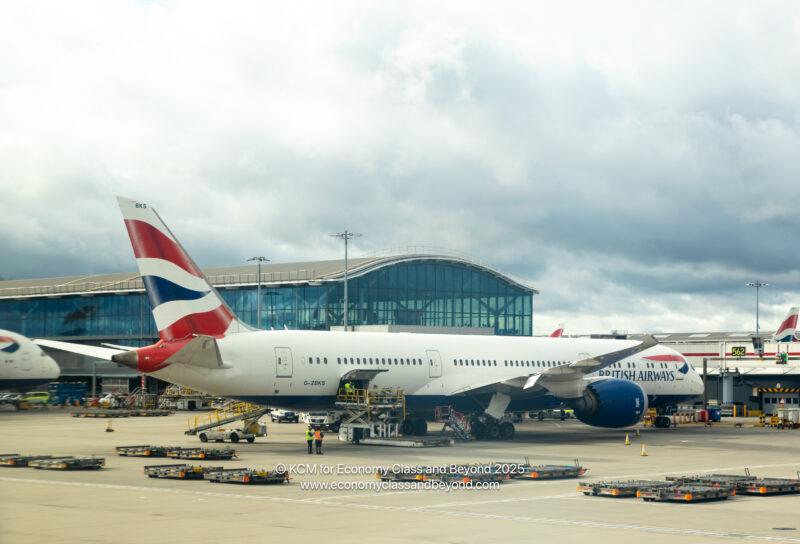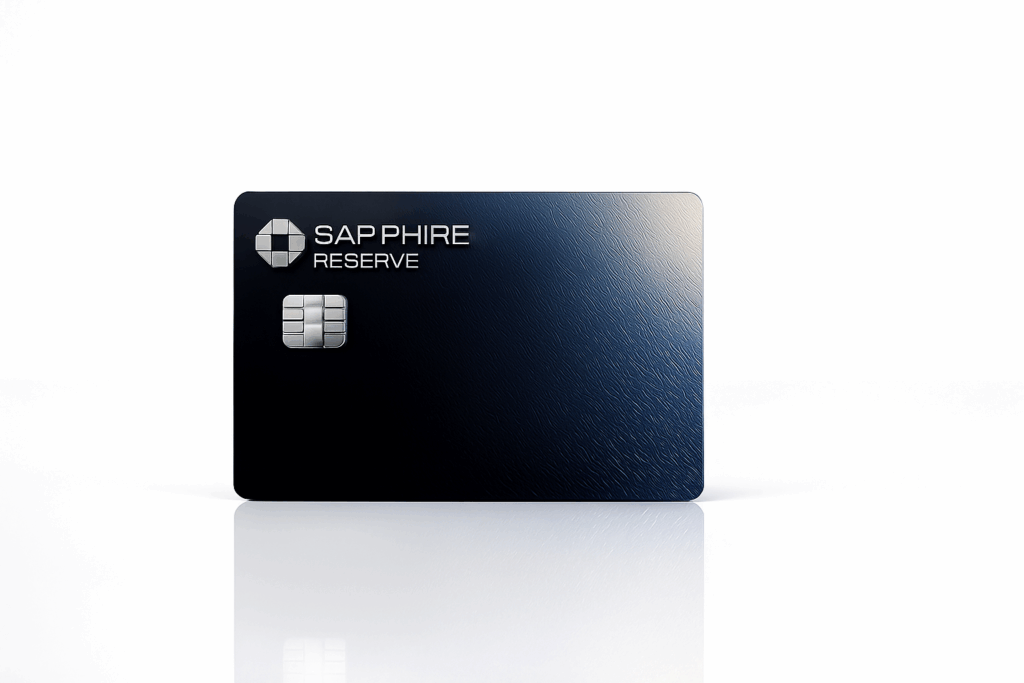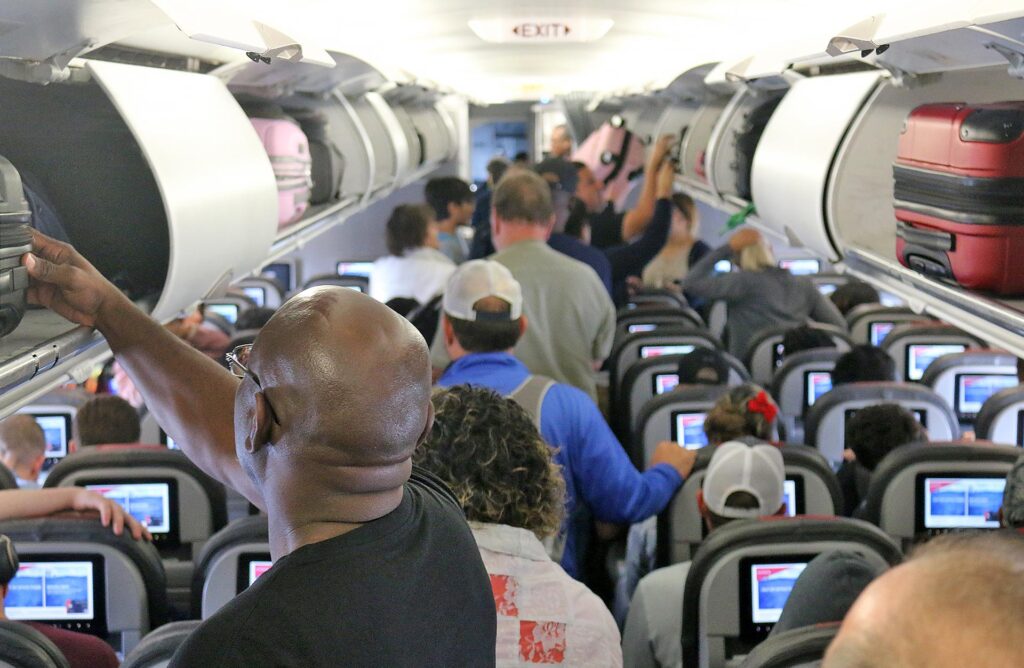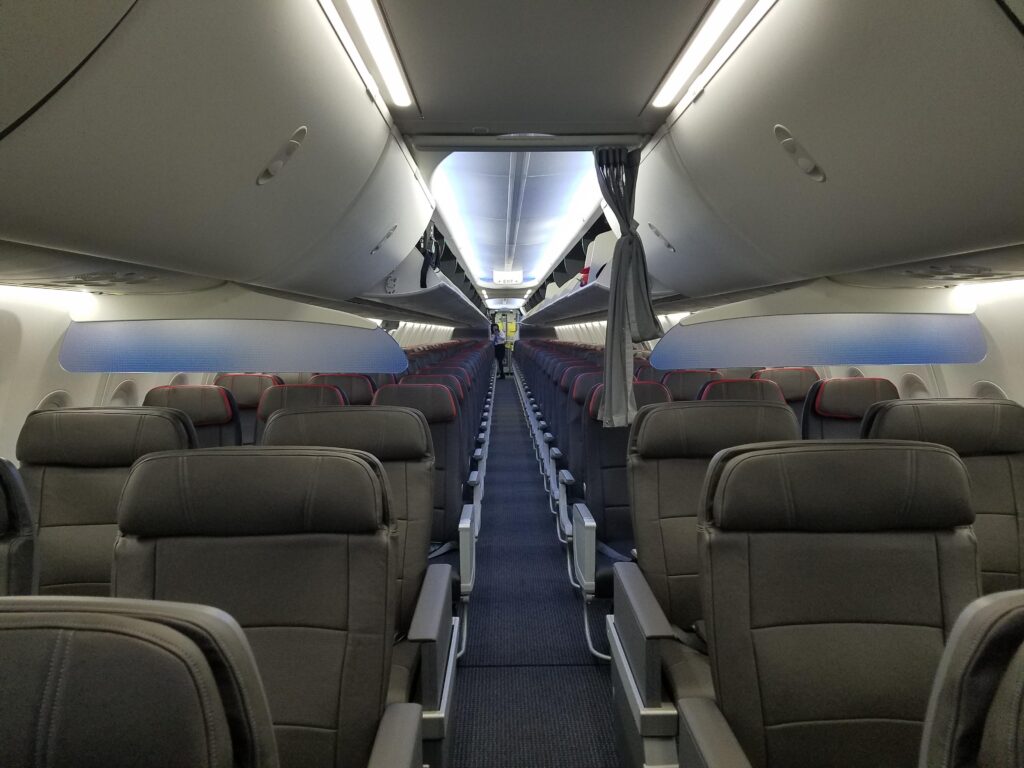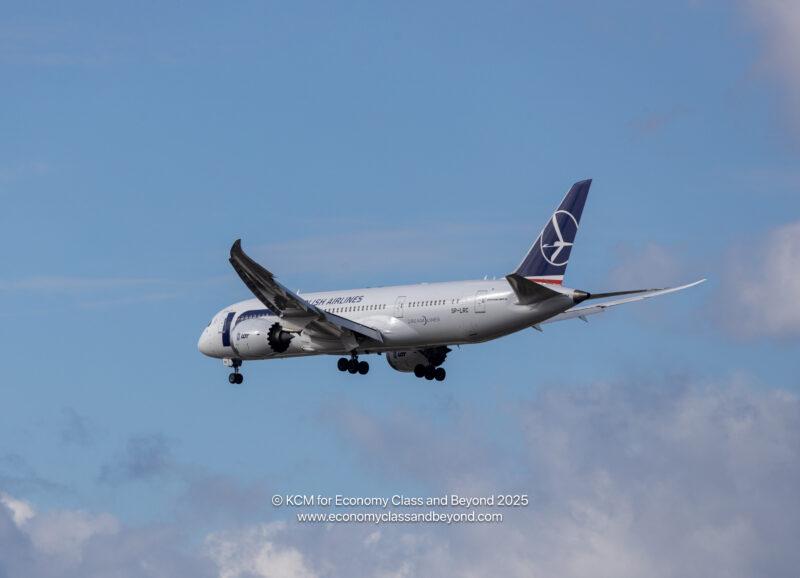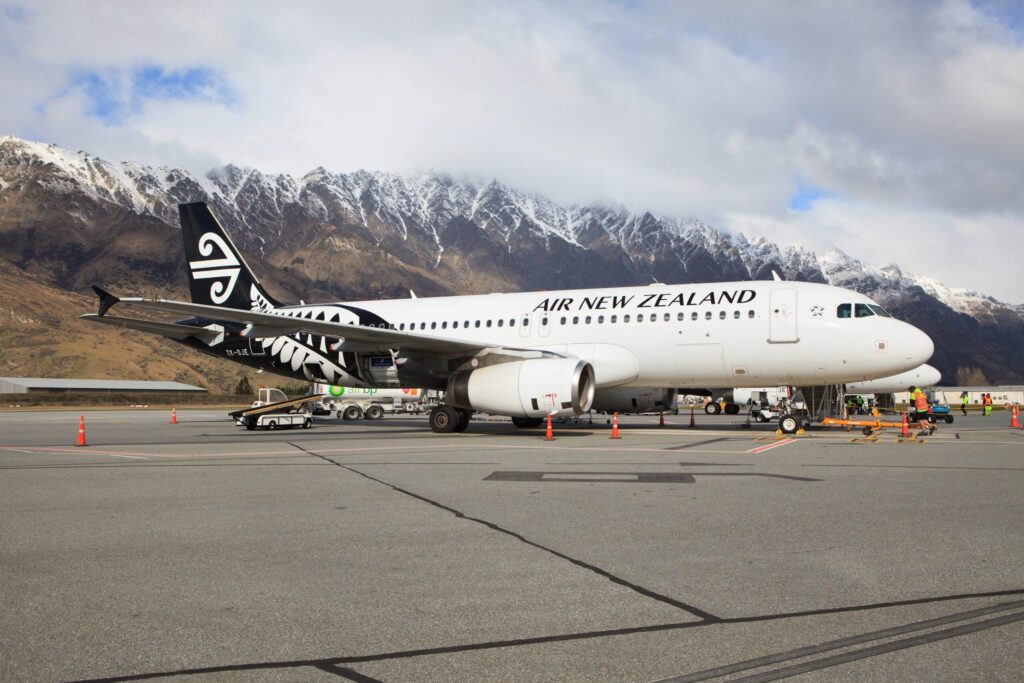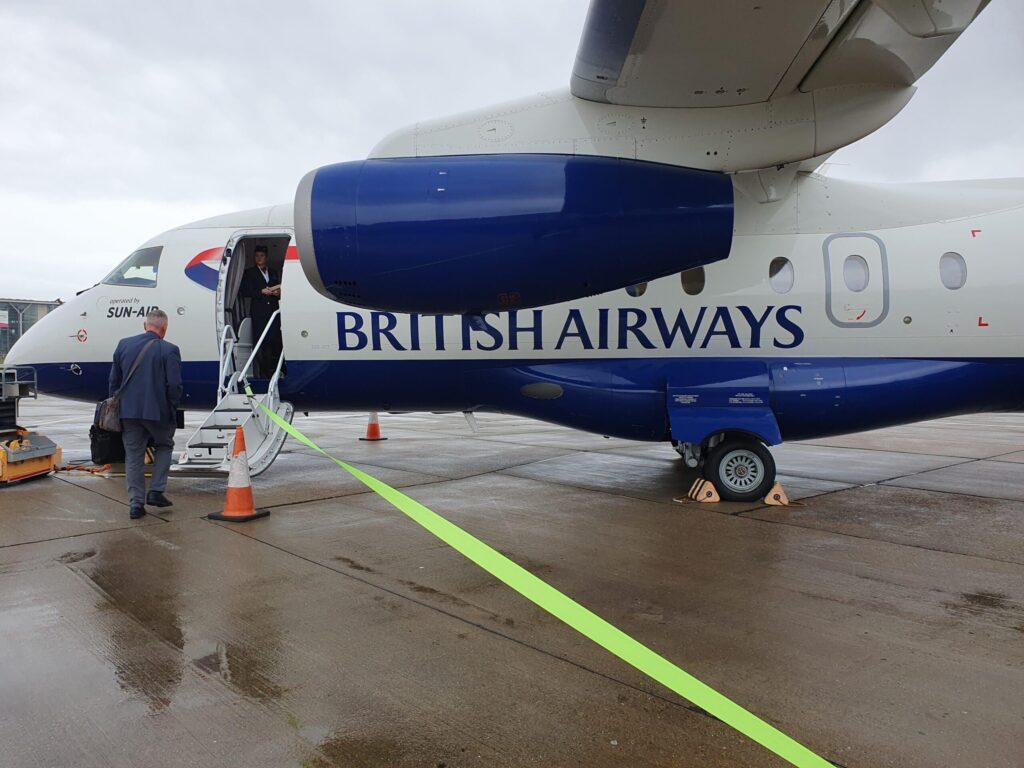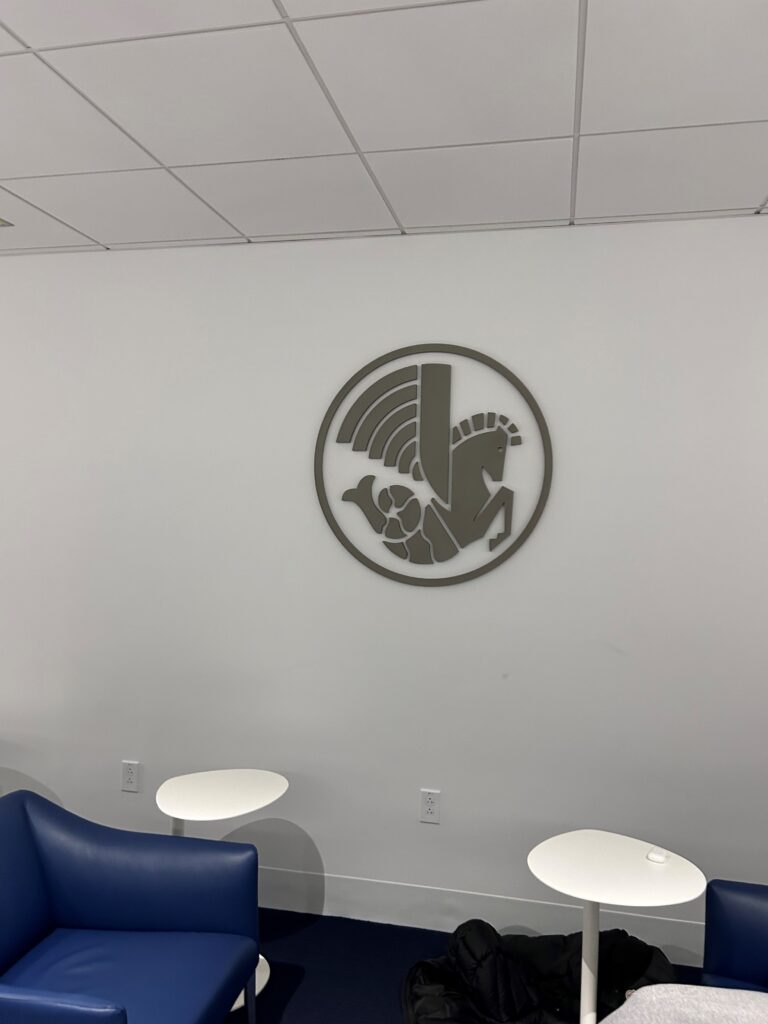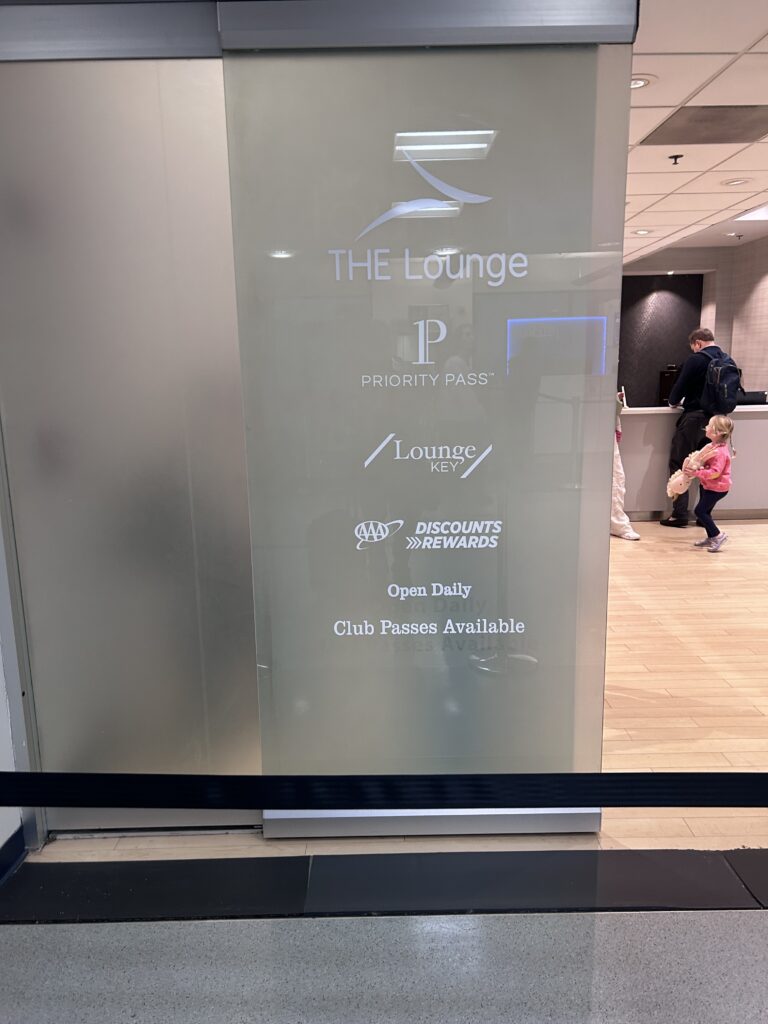
Eurail Pass 2025: A Frequent Flyer’s Rail Alternative
I’ve always been fascinated by how quickly the travel scene can shift. One moment, everyone’s discussing new budget airlines, and the next, it’s all about ditching planes for trains. In 2025, the Eurail Pass has truly upped its game with expanded networks, better digital tools, and enticing discounts. I’ve read—and practically lived—countless travel guides, and it’s clear that even the most die-hard frequent flyers are starting to see the unique advantages of exploring Europe by rail.
1) Why Consider a Eurail Pass in 2025?

The Eurail Pass covers 33 countries, connecting 30,000+ destinations. In 2025, smoother Baltic connections, faster Serbian routes, and expanded networks in Switzerland and Poland are on the horizon. A fully digital Rail Planner app promises live updates and the convenience of mobile ticket downloads. With ferry discounts and growing interest from U.S. travelers, rail travel is becoming a serious contender against short-haul flights.
From September 1, Eurail offers 20% off select passes. This perk sweetens the deal, whether travelers opt for a multi-country adventure or a single-country pass. With sustainability and hassle-free boarding gaining momentum, some see rail as a calmer, more scenic alternative to flying.
I’ve observed that many travelers, especially those coming from overseas, value the peace of mind that comes from knowing longer wait times for airport security can be avoided. According to a 2024 European Travel Commission survey, 40% of respondents reported that rail’s “city center to city center” access was a major reason they switched to trains. If you’ve been longing to soak in landscapes instead of scouring for overhead bin space, these routes can be a welcome change.
Plus, the recent uptick in environmentally conscious travel strategies has folks rethinking air itineraries. With Europe’s ongoing commitments to reduce carbon emissions, the updated Eurail Pass also fits into a broader push for green travel. While I can’t promise you’ll always have a front-row seat to dazzling sunrises, the chance to watch the countryside whiz by is an experience flights rarely match.
2) Eurail vs. Interrail: The Key Differences

Eurail is for non-Europeans, while Interrail is for residents of Europe. Both passes share similar benefits, including flexible travel days and access to high-speed trains (with possible seat reservations). This distinction matters, especially for students, backpackers, or business travelers looking to maximize time in Europe—each pass is tailored to the residency you hold.
The variety of pass types—Global, One Country, or even regional specialties—aims to match different travel styles. Although once considered all-inclusive, travelers should note that mandatory reservations and extra fees may apply on certain high-speed routes such as Eurostar.
In my research, I’ve found the Global Pass to be especially helpful for wanderers who might not have a fixed itinerary. If you often decide your next destination while sipping coffee at a train station, the broad coverage of a Global Pass can be invaluable. On the flip side, a One Country Pass can be a money-saver if you plan to dive deep into just one nation’s culture—say, exploring every nook and cranny of Switzerland.
According to industry data, nearly 70% of first-time Eurail or Interrail users choose the Global Pass for the flexibility it provides. Having chatted with multiple travelers over the years, I’ve noticed that people appreciate being able to pivot their journeys on the fly. After all, no one wants to feel locked into a single route when so many enticing destinations are mere hours apart by train.
3) Seat Reservations and Fees: What to Expect

While many Euro trains allow pass holders to hop on at will, some routes still demand seat reservations. Popular or high-speed services in countries like France, Italy, and Spain can tack on extra costs. Stroll onto a scenic slow train, however, and typically no reservation is required.
Fees vary, so it pays to plan carefully. Those ignoring seat reservation rules risk last-minute headaches—or worse, paying premium rates. Rail passes simplify cross-border exploration, but frequent flyers used to confirmed seats might find the reservation system reassuring, even if it requires a small outlay.
From my own observations, these seat reservation fees can range from a few euros to as high as 35 euros per journey on ultra-fast lines. One tip: always check the official Eurail website or rail operator’s platform before traveling. A friend of mine recently missed out on a coveted window seat from Milan to Venice because she didn’t realize a reservation was required. So, if you’re like me and treasure scenic routes, always snag your spot ahead of time.
Don’t overlook off-peak travel. Some of the busiest lines have cheaper reservation costs for odd travel times, like early mornings or late evenings. According to a recent rail booking analysis, traveling even an hour earlier can cut those surcharges in half. Knowing these nuances will spare you from the surprise of extra fees and give you better control over your itinerary.
4) Cost Savings and Discounts

In many cases, a Eurail Pass helps travelers save money on multi-stop adventures—particularly spontaneous ones. Buying point-to-point tickets can be cheaper if itineraries are set months in advance, as deep discounts often appear for early buyers. However, for those craving flexibility or nerve-wracking over last-minute changes, the pass’s unlimited or flexi-day options can offer peace of mind.
Beyond train rides, Eurail fosters partnerships that unlock additional deals, including ferry routes and local attractions. Norbert Figueroa‘s guides emphasize the importance of choosing the right pass type, properly activating it either online or at a station, and tapping into these built-in partner discounts.
I’ve noticed that savvy travelers often pair the Eurail Pass with budget stays or local tourism cards for maximum savings. According to a 2023–2024 travel data compilation, frequent riders saved up to 40% on combined admissions and transport fees over a two-week trip. It’s like an endless buffet for those of us who can’t decide on just one destination.
Another benefit? You can easily shift your route if you discover a festival or event you didn’t know about. I’ve detoured to small towns when I heard about unique cultural celebrations or seasonal markets. The pass’s inherent flexibility is arguably its biggest strength, especially for folks who don’t want to be tethered to strict flight schedules or worry about sky-high last-minute airfare.
5) New Routes, Expansions, and Ferry Perks

Long-distance routes like Berlin–Paris and Amsterdam–Munich are set to have more daytime options, making it easier to soak in scenic vistas while hopping between major cities. Night trains remain a tried-and-true option, sometimes requiring surcharges for private compartments or upgraded comfort.
Ferry discounts continue to expand, allowing pass holders to cross certain European waters at reduced rates. US-based travelers have shown increasing interest—thanks in part to flexible scheduling and the chance to step off the plane once they land in Europe, then connect multiple countries by rail under a single pass.
One highlight: newly minted high-speed links between Central and Eastern Europe. According to official 2025 railway updates, the connection between Vienna and Belgrade is now faster than ever, cutting travel time by nearly two hours. If you’re someone who loves dabbling in Eastern European culture, these improved routes help you discover hidden gems beyond the typical tourist map.
Additionally, if you’re itching for a quick island escape, some ferry operators in Greece and Scandinavia offer discounted crossings for Eurail users. One traveler I spoke with mentioned paying half-price for a stunning ferry ride around the Greek Isles. It’s these little perks that transform a typical train trip into a full-blown European adventure.
6) Is Rail Travel Really Better Than Flying?
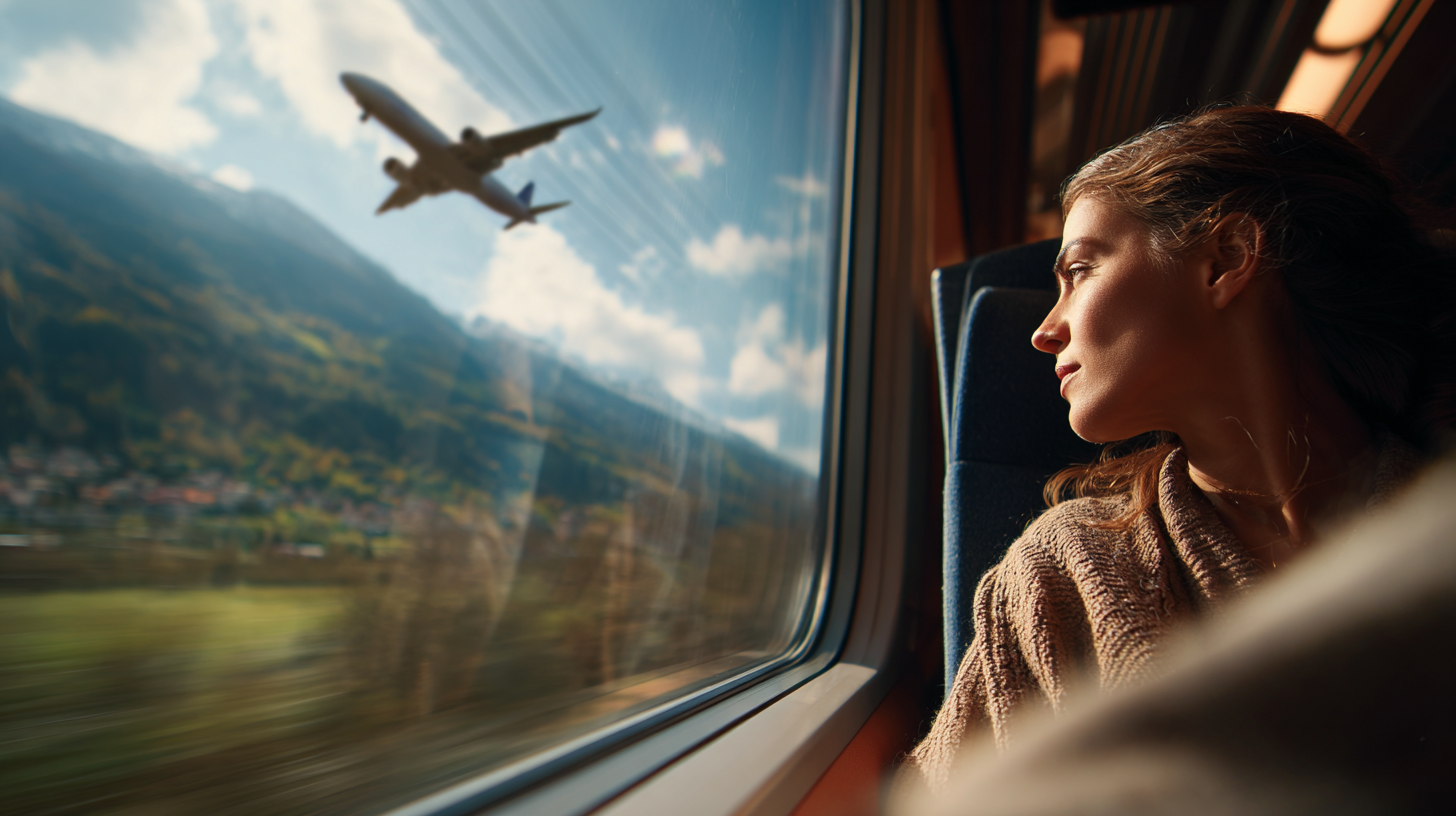
Many frequent flyers report that short-haul flights within Europe can be time-consuming when you factor in airport security, boarding, and potential delays. A Eurail Pass, on the other hand, streamlines station-to-station journeys and often places travelers in city centers. Some travelers even highlight comfortable seating, scenic landscapes, and the minimal fuss of train travel as key advantages.
Ultimately, whether rail beats flying depends on your goals. If a fast-paced schedule calls for zipping between major hubs, airlines might still be king. But for those seeking a more relaxed trip—embracing the seat-to-window scenic routes—Eurail can be the stress-free, flexible alternative in 2025 and beyond.
In my own experience, trains often feel more social. I’ve bumped into fellow explorers who shared tips on off-the-beaten-track cafes or local festivities happening in the next town. When you’re in a plane cabin, conversations tend to be fleeting, if they happen at all. Rail travel, on the other hand, encourages these casual exchanges that can enrich the whole journey. If you ask me, that sense of community is priceless.
There’s also the comfort factor. Many European trains offer generous legroom, onboard dining, and even the possibility to stretch your legs whenever you like. For those of us who’ve endured cramped airplane rows, the allure of a spacious train car can be hard to resist. The trade-off in speed becomes worthwhile when you realize quality downtime can be just as valuable as arriving quickly.
Final Thoughts

As the world of travel continues to evolve, the Eurail Pass stands out for offering both flexibility and convenience. I’ve spent countless hours poring over timetables and route maps, and I can’t help but notice that rail travel is winning hearts with its simplicity and eco-friendly appeal. If you value the journey itself—stunning views, relaxed seating, and minimal airport hassles—then a Eurail Pass can be a fantastic way to explore Europe in 2025.
Of course, it’s not one-size-fits-all. If you’re a business traveler with meetings in multiple major cities, flying might still be more practical. But if you have the time to savor each destination, the rail option feels more like a rolling discovery tour. My best advice? Reflect on your travel preferences, consider how you want to use your time, and explore the pass type that aligns best with your wanderlust.
At this point, there’s little doubt that Europe’s rail network is aiming to challenge air routes head-on, especially for medium to short flights. Having the freedom to change course on a whim or chase an unexpected local festival is a huge plus. Anyone who’s open to a more immersive journey might find that a Eurail Pass quickly becomes indispensable for their future travels.
Sky Skylar‘s Take
I’ve delved into thousands of stories about people trading airplane seats for train compartments, and I’m struck by how emotional many become when describing their rail experiences. While I can’t claim to have physically crisscrossed every route, I’ve soaked up enough traveler anecdotes to see why the Eurail Pass keeps drawing admirers. If you’re someone who thrills at the idea of unveiling Europe stop by stop, this freedom on rails may just be your next secret weapon.
In a reality increasingly shaped by augmented experiences, a good old-fashioned train ride can be refreshingly human. It bridges old-world charm with modern convenience, one station at a time—an alternative that every frequent flyer, real or aspiring, deserves to consider.
BoardingArea is a great place to stay informed on all things travel.








